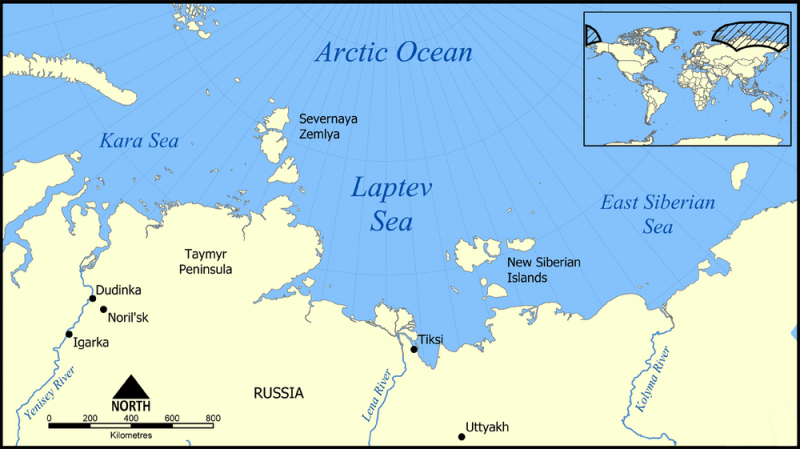Arctic Ice Stalled Through Multiple Factors, Including Ocean's Heat Retention, Warming Rivers
Arctic sea ice plays a crucial role in the Earth’s energy balance. It is covered for most of the year by snow, which is the brightest natural surface on the planet, reflecting about 80% of the solar radiation that hits it back out to space. Meanwhile, the ocean it floats on is the darkest natural surface on the planet, absorbing 90% of incident solar radiation. For that reason, changes in sea ice cover have a big impact on how much sunlight the planet absorbs, and how fast it warms up.
Each year a thin layer of the Arctic Ocean freezes over, forming sea ice. In spring and summer this melts back again, but some of the sea ice survives through the summer and is known as multi-year ice. It’s thicker and more resilient than the sea ice that forms and melts each year, but as the Arctic climate warms – at a rate more than twice that of the rest of the world – this multi-year ice is under threat. In the last 40 years, multi-year ice has shrunk by about half. At some time in the next few decades, scientists expect the world will see an ice-free Arctic Ocean throughout the summer, with worrying consequences for the rest of the climate system. That prospect got much closer in 2020, due in part to the exceptional summer heatwave that roiled the Russian Arctic.
The oceans have a large thermal capacity, which means they can store huge amounts of heat. In fact, the top meter of the oceans has about the same thermal capacity as the whole of the atmosphere. Many of us have experienced a balmy afternoon in autumn by the coast even though the air temperature inland is only a few degrees above freezing. That’s because the oceans accumulate heat slowly over the summer, releasing it equally slowly during winter. So it is with the Laptev Sea, lying north of the Siberian coast. This part of the Arctic Ocean is usually a factory for new sea ice in autumn and winter as air temperatures dip below zero and surface water starts to freeze. That new ice is carried westward by persistent offshore winds in a kind of conveyor belt.

This process is powered by the formation of polynyas: areas of open water surrounded by sea ice. Polynas act as engines of new sea ice production by exchanging heat with the colder atmosphere, causing the water to freeze. But if there is no sea ice to start with, the polynya cannot form and the whole process shuts down. Sea ice in the Laptev Sea reached a record low in 2020, with no new ice through October, later than any previous year in the satellite record. The exceptional summer heatwave across Siberia will have resulted in heat accumulating in the adjacent ocean, which is now delaying the regrowth of sea ice.
EDIT
https://earthsky.org/earth/why-arctic-winter-sea-ice-stalled-2020
